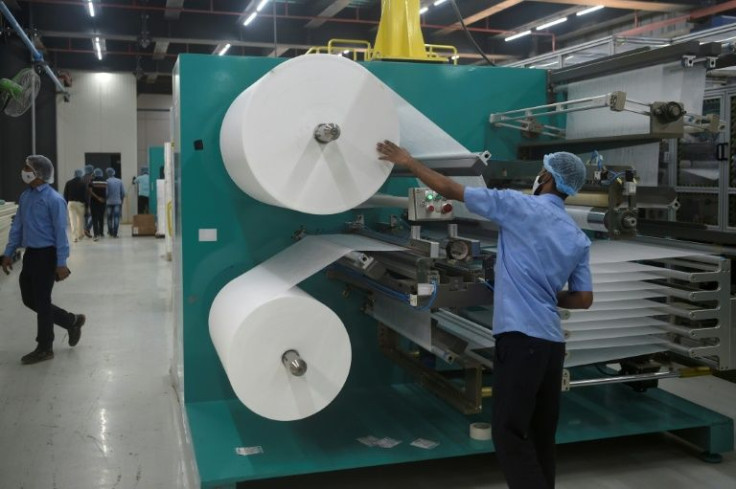India To Offer Over $2 Billion In Incentives To Boost Manufacturing

KEY POINTS
- The PLI scheme is aimed at making the country self-reliant across the 14 sectors
- The six new sectors will share a portion of the allocation slashed from its original outlay
- Geopolitical changes have helped India establish itself as a reliable supply chain partner
India plans to offer incentives worth up to $2.2 billion (180 billion rupees) to strengthen local manufacturing in six new sectors across the economy, including chemicals, toys, bicycles, shipping containers and inputs for vaccines.
The incentives come as part of the production-linked incentive (PLI) scheme launched in November 2020. The scheme currently focuses on 14 sectors, ranging from electronic products to drones. However, it has seen success in only a select few sectors since its inception. Businesses in sectors like specialty steel products, solar modules and car components have had little gains through the scheme, as per official data.
Noting that only a fraction of the PLI incentives has been claimed so far, the Indian government is looking to allocate the unused funds in new sectors to boost local manufacturing. The government is redirecting the funds to new sectors to avoid "large" savings, Reuters reported, citing two officials aware of the plan.
The six new sectors will share a portion of the allocation slashed from the scheme's original outlay, the officials revealed.
Envisioned by Indian Prime Minister Modi, the PLI scheme is aimed at making the country self-reliant across the 14 sectors through the help of the incentive outlay of about $26 billion.
In June, the government conducted a review of the PLI scheme to assess its progress. As per the findings of the review, around 733 applications were approved in 14 sectors until March 2023. During the period, actual investment was recognized up to $7.5 billion to boost employment generation of around 325,000.
According to the Indian Ministry of Electronics and Information Technology, the PLI scheme for large-scale electronics has become the most successful scheme, leading to a 139% surge in exports of smartphones over the last three years and generating an employment of 28,636.
In recent months, India has achieved noteworthy success in reducing its dependence on China for electronics and active pharmaceutical ingredients (APIs), among other products. Ongoing changes in geopolitical circumstances in the aftermath of the COVID-19 pandemic have also helped India establish its position as a reliable supply chain partner.
"PLI scheme has led to major smartphone companies shifting their suppliers to India, e.g., Foxconn, Wistron and Pegatron. As a result, top high-end phones are being manufactured in India. It has also resulted in a 20-fold increase in women's employment and localization in IT hardware such as batteries and laptops," the Indian Ministry of Commerce said in a statement.
The government is expecting the disbursement of funds to increase to nearly $1.3 billion in the first fiscal year starting April and to $4.8 billion by fiscal year 2024-25. "The disbursements should be better than this estimate after some tweaks to the scheme," the officials said, as per Reuters.
© Copyright IBTimes 2025. All rights reserved.






















